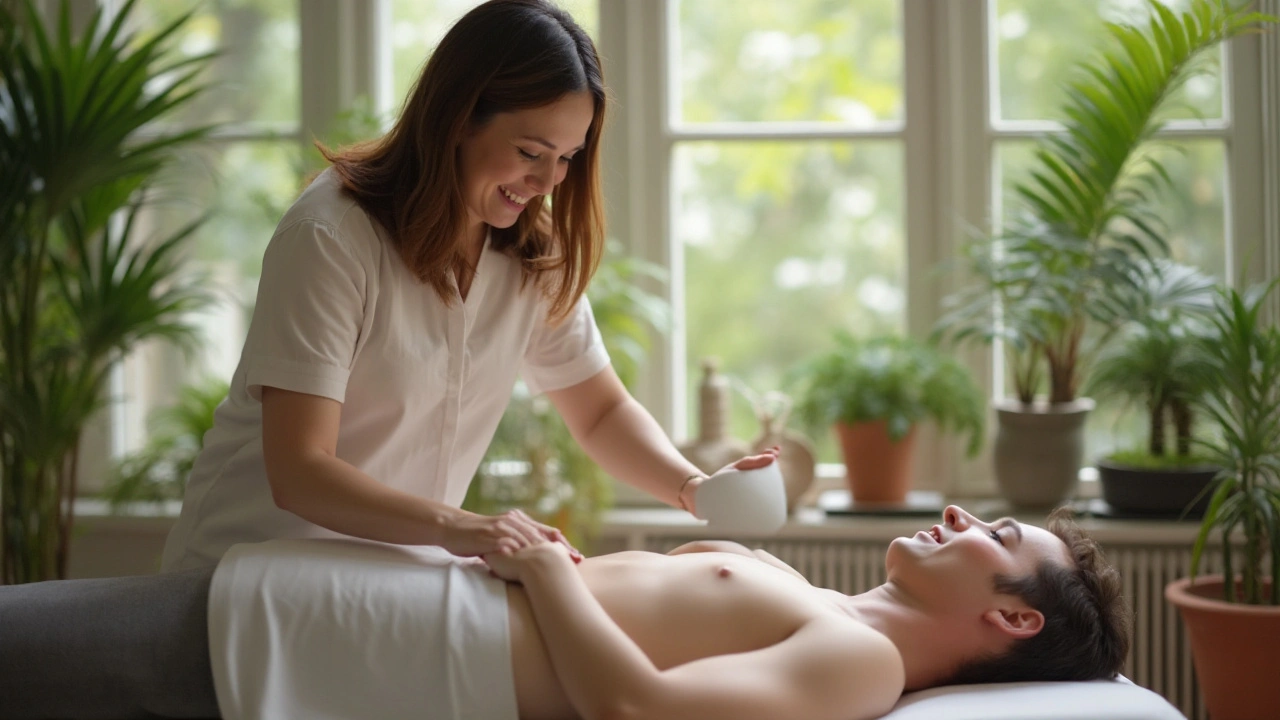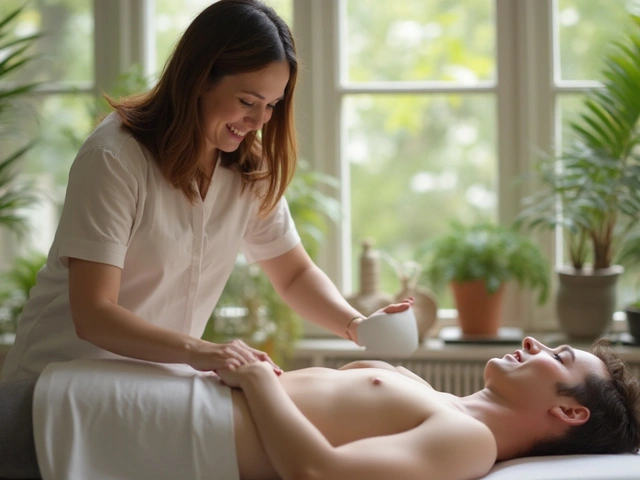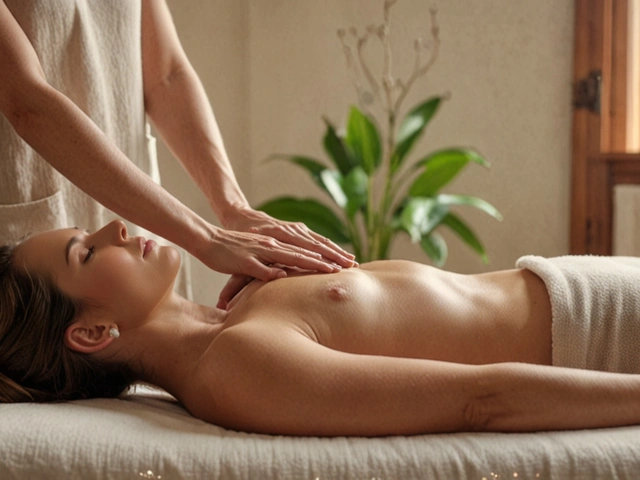Bodywork: Hands-On Healing for Better Movement and Calm
Bodywork covers a bunch of hands-on therapies that ease pain, improve movement, and calm the nervous system. Think sports massage, myofascial release, neuromuscular work, and even energy-based approaches like polarity or Reiki. Many of these work great for people and are adapted for dogs—especially massage and gentle soft-tissue techniques.
What bodywork actually does
Good bodywork reduces tightness, breaks up sticky fascia, and improves joint range. It also lowers stress signals from the nervous system, so you feel—or your dog feels—less anxiety and moves more freely. For athletes or active pets, targeted sports massage helps speed recovery and reduces repeat injuries. For chronic tension, methods like myofascial release and neuromuscular therapy target stubborn knots and trigger points.
If you’re new to this, expect hands-on pressure, gentle stretching, and slow movements. Some approaches are light and soothing; others are firm and precise. A reliable therapist explains what they’re doing and why, and adjusts pressure if something causes sharp pain.
How to pick the right approach
Start with the goal. Need recovery after a race or long hike? Sports massage or focused soft-tissue work helps. Dealing with chronic tightness that won’t let go? Myofascial release or neuromuscular therapy is worth trying. Want overall calm and gentle healing? Look into Ayurvedic massage, aromatherapy, or polarity. Interested in tracking your body’s response? Biofeedback pairs well with relaxation training and can guide progress.
For dogs, choose a therapist with animal experience. Canine anatomy and behavior change how techniques are applied. Ask about training in canine massage specifically and whether they’ve worked with your dog’s breed or condition.
Practical tip: schedule short, frequent sessions at first. Fifteen to thirty minutes twice a week often beats a single long session. Short work lets tissues adapt and gives you quick feedback on what helps.
Watch for signs of progress: improved range of motion, less limping, calmer breathing, better sleep, and quicker recovery after activity. Keep a simple diary—note pain levels, sleep quality, and activity tolerance before and after sessions. That data helps you and the therapist make smart changes.
Safety notes: avoid aggressive work over inflamed joints, open wounds, or fever. If you or your pet have a serious condition—like recent surgery, uncontrolled heart issues, or infection—check with a healthcare or veterinary professional first. A good therapist will stop or adapt work if anything feels wrong.
Combine bodywork with simple daily habits: easy mobility drills, short relaxation practices, and anti-inflammatory nutrition. These speed gains and keep benefits longer. Want to learn specific methods? Check articles on sports massage, myofascial release, neuromuscular therapy, Ayurvedic massage, Maya abdominal techniques, and biofeedback for practical how-tos and safety tips.
Bodywork isn’t magic, but used smartly it makes big, measurable differences for recovery, pain, and calm—whether for you or your dog. Try small, track results, and pick methods that match your goals and comfort level.

Amma Massage Explained: Benefits, Techniques, and What to Expect
Curious about Amma massage? Learn what it is, how it works, benefits, what a session feels like, how it compares to other styles, and safe self-acupressure tips.

Polarity Therapy: Unlocking Natural Healing
Polarity therapy is a unique form of energy healing that blends touch, movement, and simple nutrition ideas to support the body's natural ability to heal. This article explores what polarity therapy is, how it works, and why it's gaining traction for stress relief and holistic wellness. You'll discover what to expect during a session and practical tips to get started. It's an approachable way to balance mind and body without needing special equipment or experience. Curious about feeling more relaxed and recharged? This guide makes polarity therapy simple and clear.

Trager Therapy Unveiled: A Comprehensive Beginner's Guide
Trager Therapy is a unique approach to bodywork that enhances mind-body connection through gentle movements and touch. This approach promotes relaxation, reduces tension, and improves mobility. Unlike traditional massage techniques, Trager Therapy focuses on movement re-education through a series of rhythmic, rocking motions. This article delves into the history, methodology, benefits, and what to expect during a session.

Exploring the Health Wonders of Coconut Oil
Oct, 4 2024



